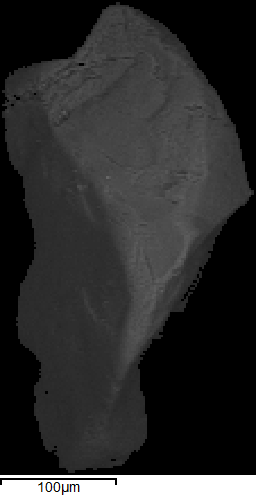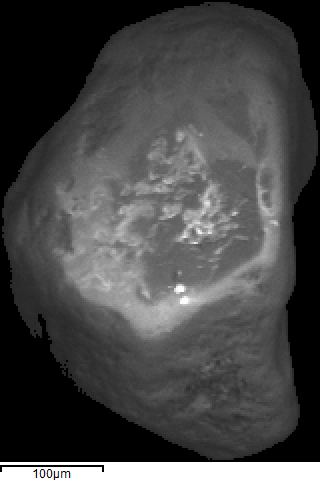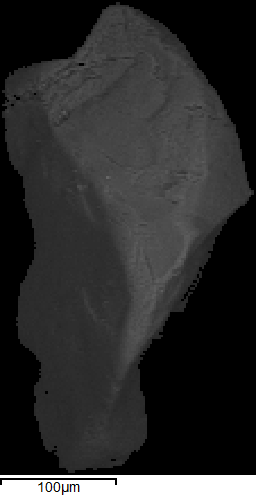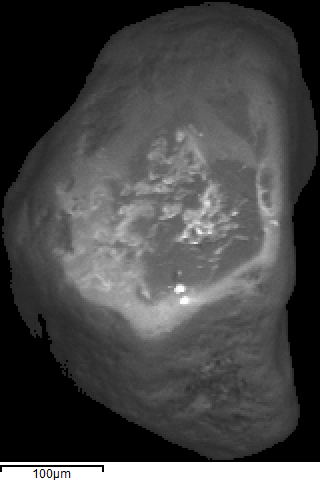Mineral Grain Identification


Determining whether or not a suspect was present at the scene of a crime can be a very powerful piece of information in a criminal case. Information of this sort can help in making the decision on whether or not to pursue a lead or provide supporting evidence for prosecution.
It is common for a suspect to say that they were not present at a crime scene and that they were elsewhere at the time that a crime was committed. In order to test whether or not this is true, we can test whether material found on the clothing worn by the suspect at the time of the crime includes traces of the crime scene or the site of their alibi. One of the approaches available to do this is to study mineral grains, often found in the form of mud on shoes.
It is possible with automated SEM + EDS with feature analysis to analyse large collections of grains collected from both the suspect and the alibi site to see if there are any similarities between them. A particularly good way of doing this is by looking at quartz grains. Quartz grains are very commonly found in nature and are quite hard wearing. This means that their shapes hold information on their history which will differ from one location to another. By using chemical information to identify which grains are quartz and measure morphology information from those grains it is possible to very quickly and effectively characterise what a population of grains from a given site looks like. These can then be compared and a decision made on whether the suspect was likely to have been at the site in question.





